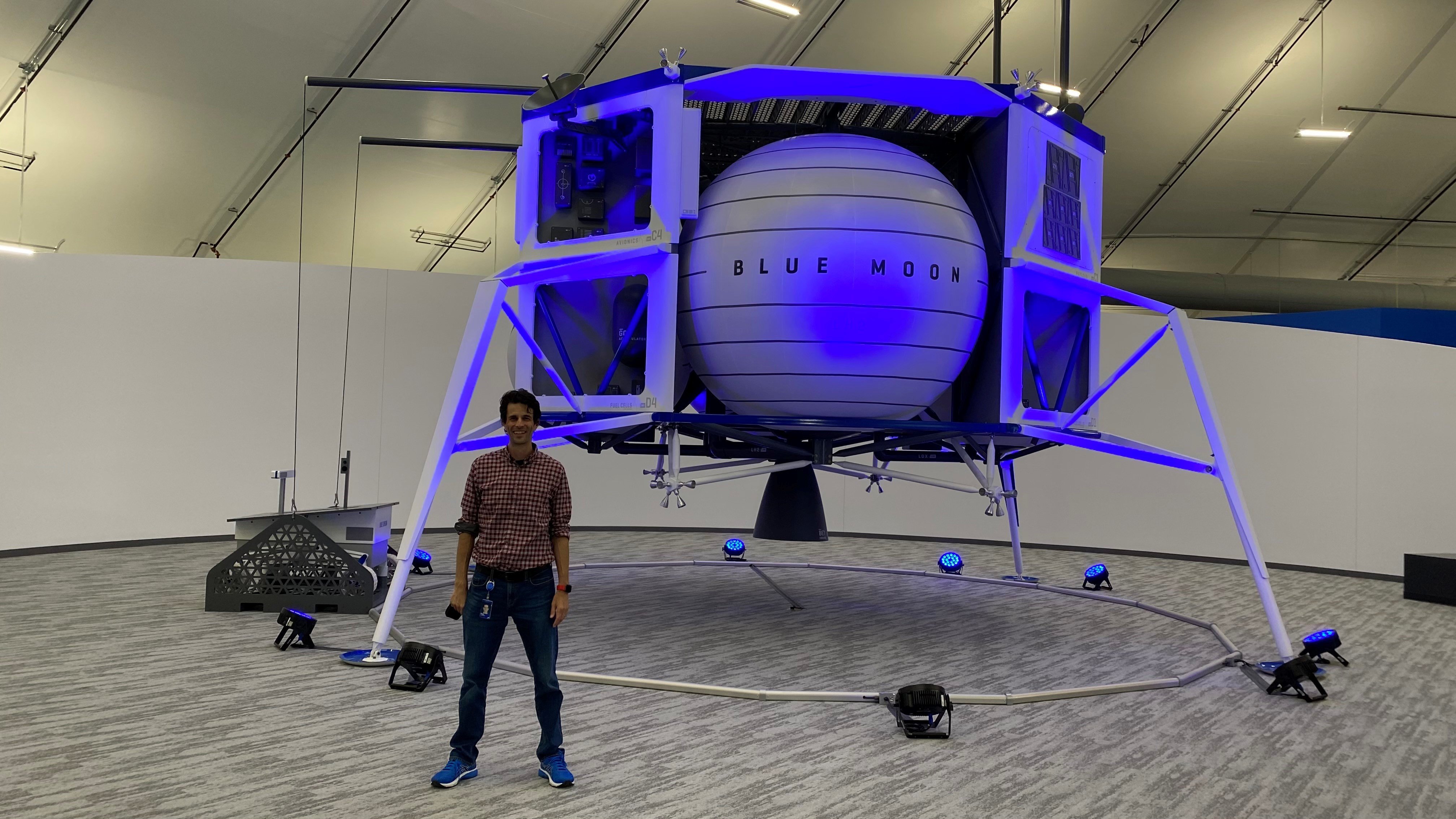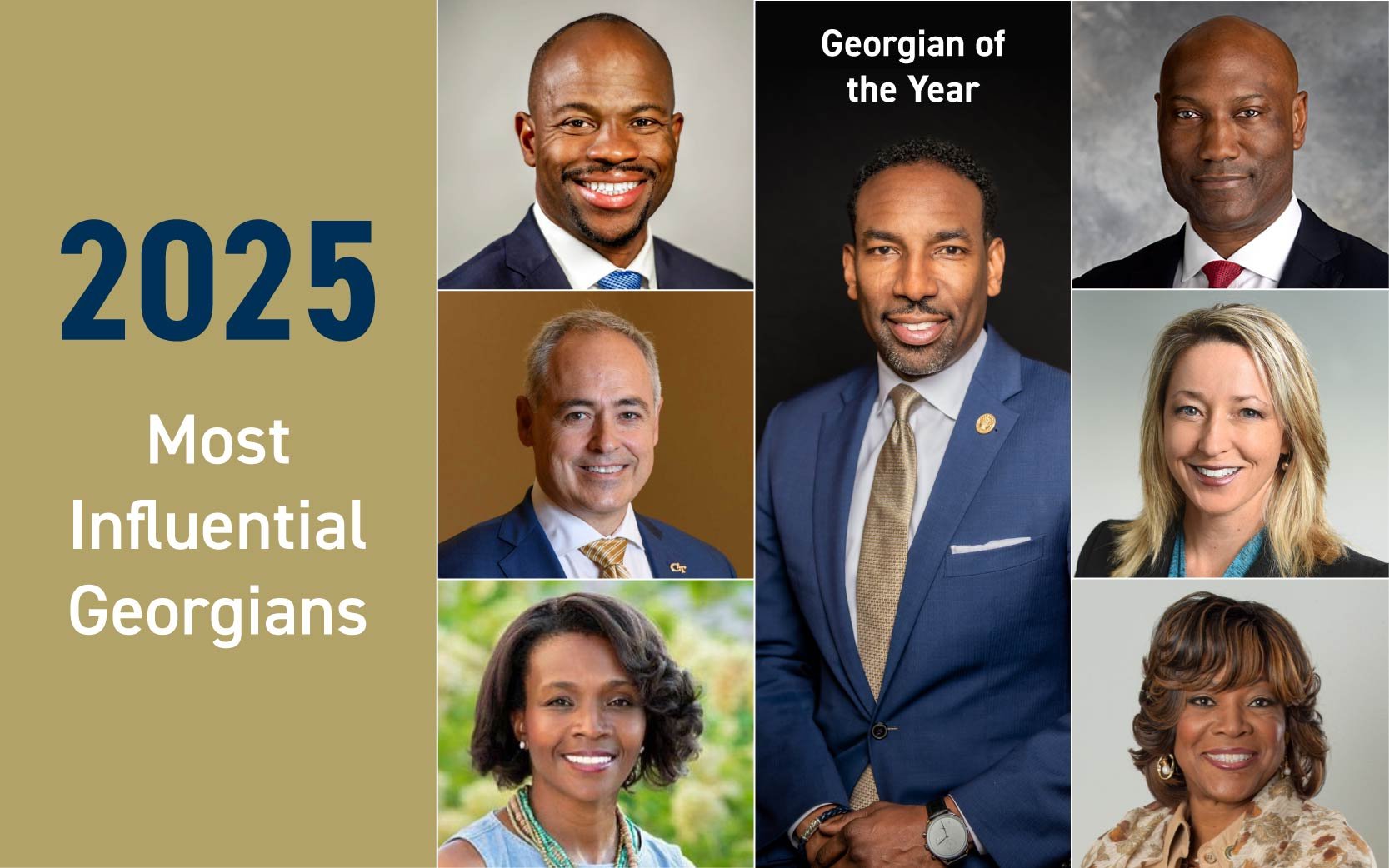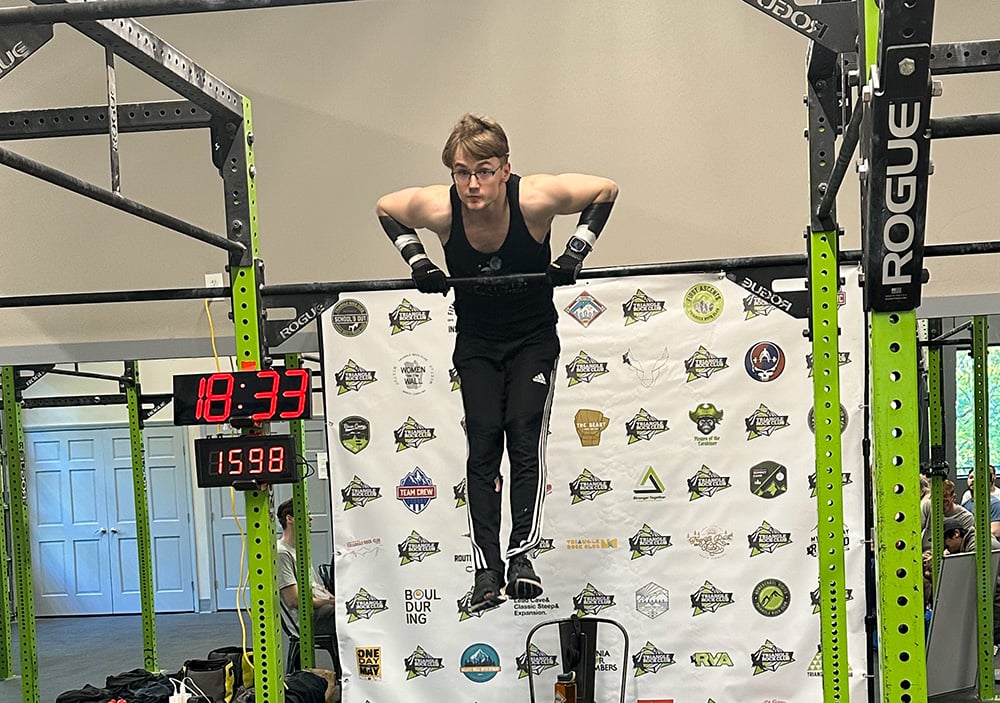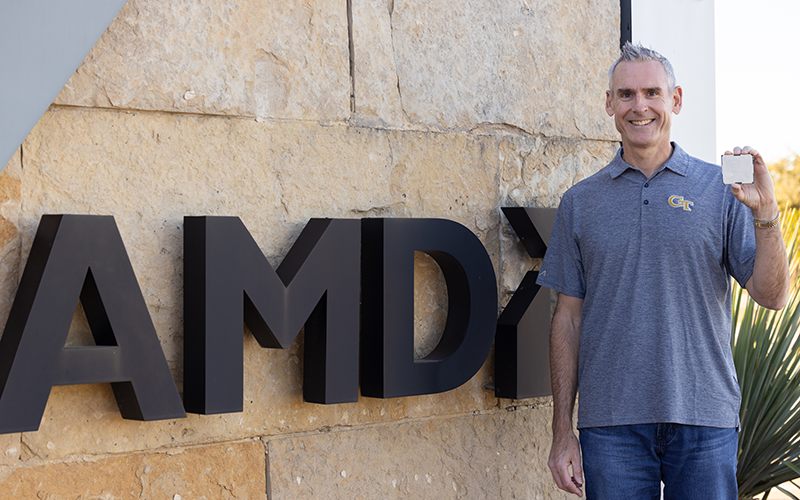We Have Liftoff
By: Kelley Freund | Categories: Alumni Achievements
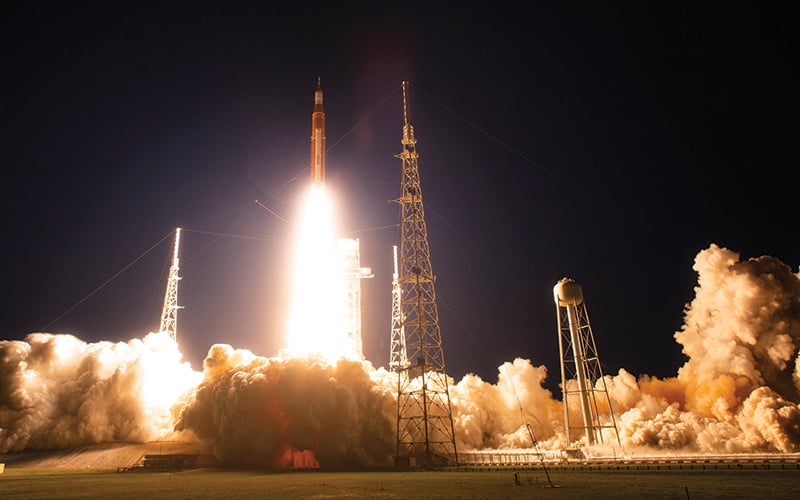
From Star Trek to NASA
As a kid growing up in India, Kavya Manyapu, AE 06, was a curious child. She asked her father questions like, “Why does Spock have pointy ears?” And, “Are there sharks or dinosaurs on the moon?” It blew her mind when he told her that humans had actually been to the moon, and someday she could too.
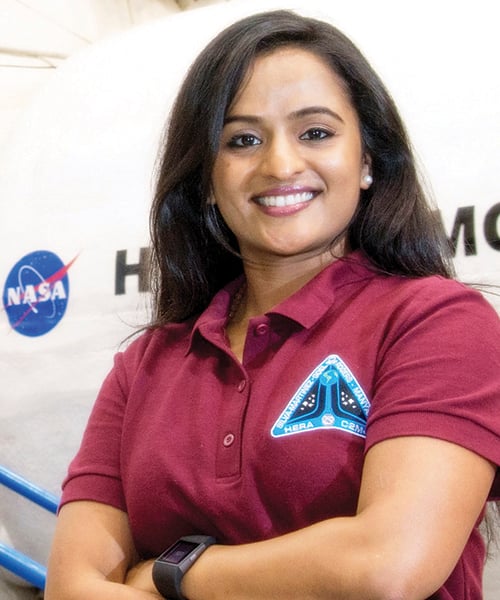 As Manyapu moved on from Star Trek to National Geographic, she became fascinated by the channel’s showing of space shuttle launches and Apollo documentaries. Manyapu’s father would eventually move his family to the United States so Manyapu could someday work at NASA. In 2021, that dream became a reality, but first she worked on the Orion capsule at Lockheed Martin and then on Boeing’s CST-100 Starliner program, where she saw the spacecraft through from initial PowerPoint design to launch.
As Manyapu moved on from Star Trek to National Geographic, she became fascinated by the channel’s showing of space shuttle launches and Apollo documentaries. Manyapu’s father would eventually move his family to the United States so Manyapu could someday work at NASA. In 2021, that dream became a reality, but first she worked on the Orion capsule at Lockheed Martin and then on Boeing’s CST-100 Starliner program, where she saw the spacecraft through from initial PowerPoint design to launch.
“Having that opportunity to be part of its entire lifecycle, from its conception on paper to the major testing and then sitting in Boeing mission control watching it launch, was an opportunity that cannot be replaced,” Manyapu says. Although her new job with NASA comes close.
As a kid, Manyapu says she was obsessed with the NASA spacesuit, and now she gets to test those spacesuits and design spacewalks for the Artemis program. In earning her PhD while at Boeing, Manyapu invented technologies for self-cleaning suits and habitats for lunar missions that led to seven patents. Variances of the technologies she developed are currently being tested for Artemis. For Manyapu, this program is particularly important because it will bring humans back to the moon. “Space exploration is not just a step in history, but a step in evolution—not just for humans, but our entire planet,” Manyapu says. “As we’re looking outward to develop technology, it’s helping us look inward into what we can do for our planet.”
Space Fuels Solutions Here
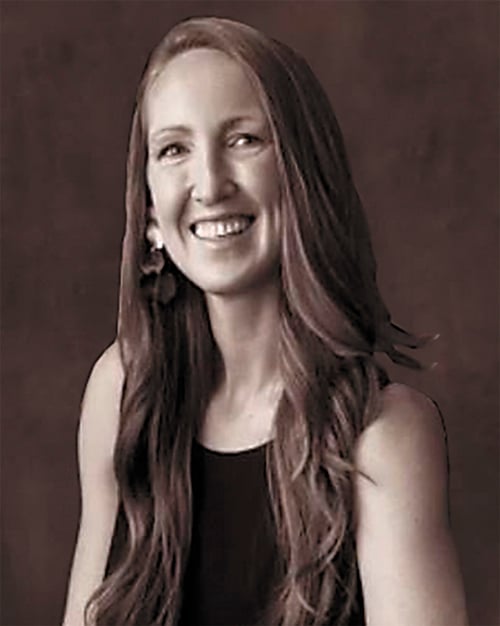
In 1990, when the Voyager 1 spacecraft sent back a photo of Earth from almost 4 billion miles away, planetary scientist Carl Sagen had this to say about the picture’s tiny bluish-white speck: “That’s us. On it everyone you love, … every saint and sinner in the history of our species lived there—on a mote of dust suspended in a sunbeam.”
When Sarah Walker, AE 09, MS AE 11, read that quote years later as a high school student, it made an impact on her career path. “Every subject, except maybe theology, exists on this tiny speck of rock we call Earth,” she says. “And I found myself wanting to learn more about what seemed to me the biggest uncharted territory for humans to explore.”
Today, Walker is the director of Dragon’s mission management team at SpaceX. The Dragon missions provide cargo resupply services and crew and commercial missions to the International Space Station (ISS). Walker began her career with SpaceX 10 months before Dragon’s first journey to the ISS, and now has helped the program make the trip 40 times. She also speaks at pre- and post-flight news conferences, which means she gets to travel to launch sites often. Walker says the rumble in her chest from a rocket launch never gets old.
While some might think it was 14 levels of calculus at Tech that prepared her for her career, Walker says it was the team projects and leadership opportunities, as much of her job today requires balancing individual strengths with what the team needs to achieve their mission. And while that mission is space exploration, the findings could have an impact back on Earth.
“People don’t realize that what we’re learning in space fuels solutions here,” Walker says. “Space exploration is critical to pushing the boundaries of technological development and research down on Earth. Humans have the most meaningful impact on the world when we live at this intersection between being deeply passionate about something and aggressively challenged. SpaceX is putting thousands of the best and brightest in exactly that place, and that’s why it’s changing the world.”
An Adrenaline Rush
When Fred Villeneuve, MS AE 03, PhD AE 07, was 16, he attended a summer camp at Université de Sherbrooke, his future alma mater, that introduced him to aerospace engineering. But later as a college student, he wondered what opportunities there would be in that field for a kid from a small town in Quebec, Canada. Villeneuve thought maybe he should pursue biomedical engineering instead, until a project during his last two years of college convinced him aerospace was the right choice.
“We were designing our own rockets, and I really like things that burn,” Villeneuve says. “It was giving me an adrenaline rush. The project was also complex and challenging, and there was a discovery aspect that I enjoyed. All of that gave me the gut feeling that this is what I should be doing.”
He went to Georgia Tech to learn more. But following graduation, because he wasn’t an American citizen, it was hard to get a job in the aerospace field. Instead, Villeneuve landed at Siemens in their energy division. In June 2020, citizenship issues resolved, Villeneuve accepted a job at Blue Origin as a team lead within the Human Landing System program. He was so excited about the new role that during the interview process, he told his wife that he would do the job for free. (She advised him not to mention that.)
Today at Blue Origin, Villeneuve is a principal systems engineer in the company’s rocket engine business unit. One of the things he enjoys most about his job is working with like-minded people.
"I appreciate the mission of Blue Origin, which is, ‘A million people living and working in space for the benefit of Earth.’ That’s something that resonates with me,” he says. “Their aspiration for getting us into space supports my main views, which are space tourism, space exploration, and colonization. With some aspects of a startup culture, the atmosphere fits well with my personality. I often have unconventional ideas that I think are well received here.”